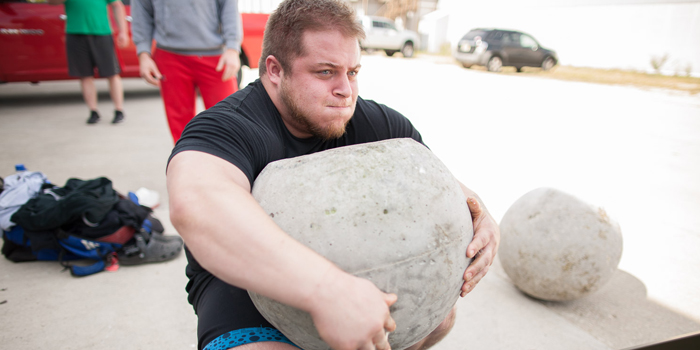
You won't believe how often I get asked how to run a great strongman contest. I was just asked this the other day by a team member, but instead of answering in a 2,000-word email, I figured I’d write a two-part series on it.
In August, TPS and Titan Barbell (owned by my good friend Eric Dawson) paired up to host the 14th annual SC Massachusetts State Strongman Championships.
Eric worked for me for a number of years before opening his own facility (which is outstanding, by the way) and we decided to have him co-promote this year instead of having him simply volunteer. It was a great idea.
Our show is one of the longest-running shows in America. We started poorly and have grown into a highly organized, efficient, and well-run event that athletes look forward to. We have great prize packages for the winners, huge trophies, and much more for the athletes. We’ve got music, food, and prizes for the crowd, too. We also get done, quickly.
Let’s look at the last statement for a minute. Getting done quickly is really important because no one wants to be at a show for 16 hours. Don’t laugh. My first show started at 9:00 AM and ended well past 1:30 AM. That's over 16 hours, if you are doing the math.
Why so long?
Well, we had no idea what we were doing. The first show I promoted was almost on a whim. Bob Jodoin, who worked for me back then, said, “Let’s run a strongman show." I responded, “Sure, how hard can it be?”
We really had no idea what to do but we had been to enough shows to have an idea...or so we thought.
So, what went wrong?
Well, we had no idea of factoring in equipment and how much we needed. We took entries right up until the start of the show.
We didn’t have any clue how to organize or run the floor for loading, unloading, and cleaning up as we went along. And we picked really bad events that took a long time.
Finding Strength: Total Performance Sports
You see, we just did the show with the minimal amount of strongman equipment that TPS had. Looking back, I would not have allowed more than 20 athletes in a show with the amount of equipment that we had, but we had over 60!
Let’s go over what to do before the show in order to make sure it runs well. You will need to do a lot of work to make this happen. You’ll also need a lot of help.
We decided to run the event for charity for two reasons:
- It’s good to give back to our community. Your community is what keeps you in business and you should be a part of it.
- Getting people to work like dogs for free in the summer heat is always easier if they are doing it for charity. You’ll need a lot of volunteers. I don’t know about you, but I am not giving up a day off and busting my ass so the meet promoter can make a ton of cash of all of the volunteer labor.
Most people agree. All of my shows have had 100% of the profit given to a number of local charities. Why not give all of the cash to the charity? This is simply not possible for most small businesses to do. Sure, big companies in the Fortune 500 can do an event like that since they get corporate donors to shell out checks for tens or hundreds of thousands of dollars and/or they use it as a write-off. But a contest takes a lot of cash to run. Mine takes at least $5000 to put on every year. I can’t afford to drop five grand on an event and expect to stay in business.
We run the event by getting sponsorship checks from local small businesses and using all of the entry fees for the expenses. We donate what is left after expenses are paid to the charity. We also raise more money by charging an entry fee and selling food, which we are lucky enough to get donated. We take all of that cash and add it to the pot as well.
Oh, and we run a 50/50 cash raffle. Half to the winner and half to the charity. Quite a few times the winner donates their half right back to the charity.
When getting your event setup, decide if it is for charity or for profit.
But let's get back to the early stages before we knew how to run a great strongman contest.
Step 1: Find a location.
You’ll then need to find a location. It should be flat, level and on a main drag so that you get good drive-by traffic and hopefully walk-ins from it.
Step 2: You need sponsors.
Sponsors allow you to run the event. You need prizes for the athletes (from the sponsors), food to sell (from the sponsors), cash to run the event (from the sponsors) and vendors to be at the show (again, sponsors).
Your sponsors don’t need to be affiliated with the sport. They can be, but it’s not necessary. Any local business or national business can be a sponsor and they can give you product or cash or both. Kayem Foods sponsors us every year and donates a ton of food for us to prepare and sell. They are not affiliated with strongman, but everyone needs to eat. It’s good PR for them and cheap marketing.
Elitefts.com and Spud Inc. also sponsor every year. They are affiliated with the sport. You get the idea.
Approach every business you can. If they can’t give you a check, they can give you a gift certificate or product to give away. Think local places like car washes, sub shops, and pizza places. You can add that stuff to the prizes, raffle it off, or even donate it to your charity.
Step 3: You will need t-shirts and posters.
A good graphic designer is invaluable here. Luckily I have a great one, and he donates the work as his gift to the sport and the charity. If you need graphics, email me and I’ll hook you up (not free).
Step 4: You need trophies.
Awesome trophies set you apart from other shows. Many people say they don’t compete for trophies (I never did), but a 30-pound, two-foot trophy doesn’t suck to get. Set yourself apart by not skimping here.
Step 5: Get a sanction.
You also should get a sanction from a legitimate organization; we are with Strongman Corp (formerly NAS). Getting sanctioned gives you legitimacy, allows the athletes to qualify for Nationals, and gets you cheap insurance. You need insurance.
Step 6: You need paperwork and promotion.
You need applications/waivers, registrations, and an event page on your site and on Facebook. In the past, we used a mail-in system with checks for registrations, but that’s so 2015. This year we switched to 100% online registrations with no exception.
You can easily do this with many sites like Paypal if you don’t have your own e-commerce site. This is without question the only way to go. Everything is there for you in one place in an easy-to-track spot. Pick an entry deadline and don’t deviate from it. Ever.
Yes, you will get at least five people begging you to let them in because their cat died or they had to wash their hair and didn’t get a chance to register. Well, my event is posted at least six months in advance. You had time.
If you allow on one late entry, you have to allow everyone. You then set a precedent and your show will be a mess. As a promoter, you need to order supplies, shirts, trophies, setup your lanes, and make sure you have enough equipment and more. Not knowing how many people you have in advance will cause your show to run for 15 hours, or cause you to overspend on things you don’t need, like trophies for classes that are not full. Set a deadline and stick to it.
That's it for part one. In the next article, I'll go over what to do for the show itself.











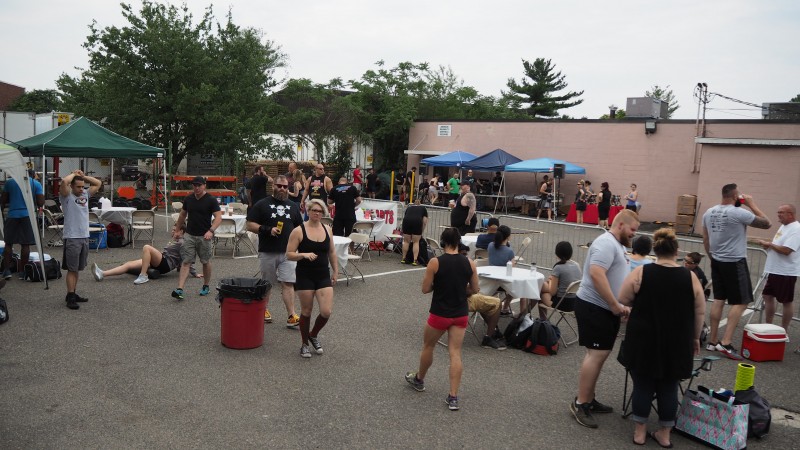
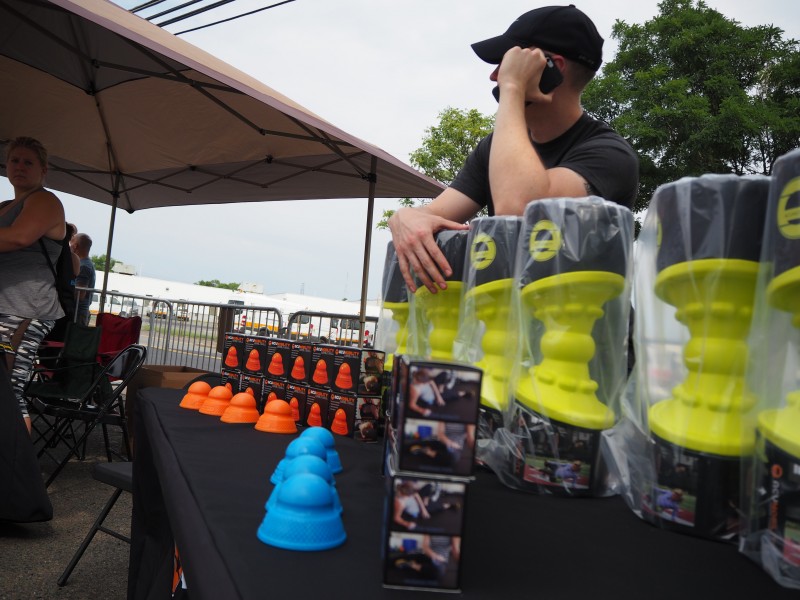
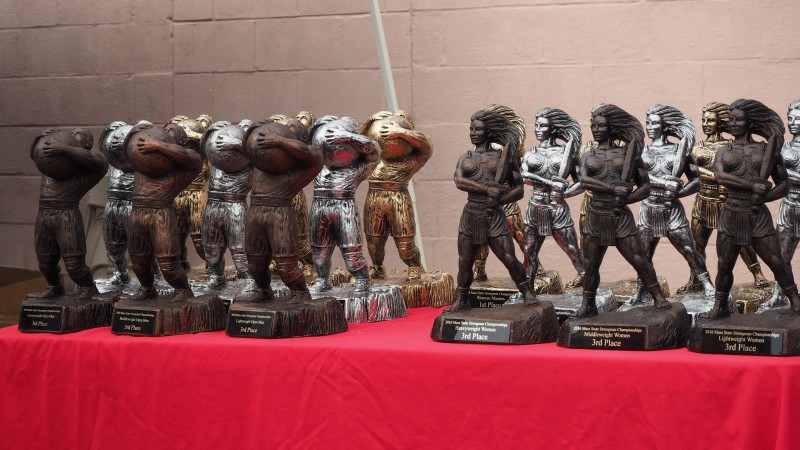
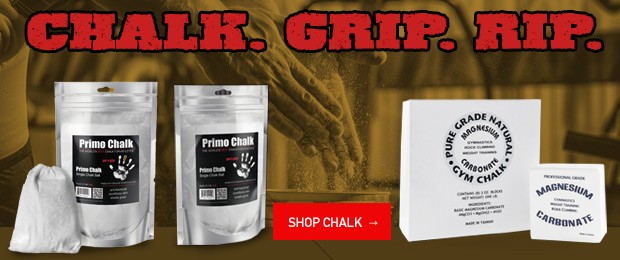
For volunteers, we had 1 judge, 2 timers / rep counters, 1 scorekeeper, 1 announcer, and 4 people loading/unloading weights. So that's 9 people doing the work for the day. This was a "one lane" contest with about 30 total people, and you'd obviously need more people if you're running multiple lanes. Also, grab as many helpers as you can in advance, because sometimes people just don't show.
A good announcer is invaluable in getting the athletes and crowd involved.
Also, as a prep for the show, we counted out every single plate we needed, for every event and every weight class so that our loaders knew exactly what plates were going where. This helps speed up the show SIGNIFICANTLY.